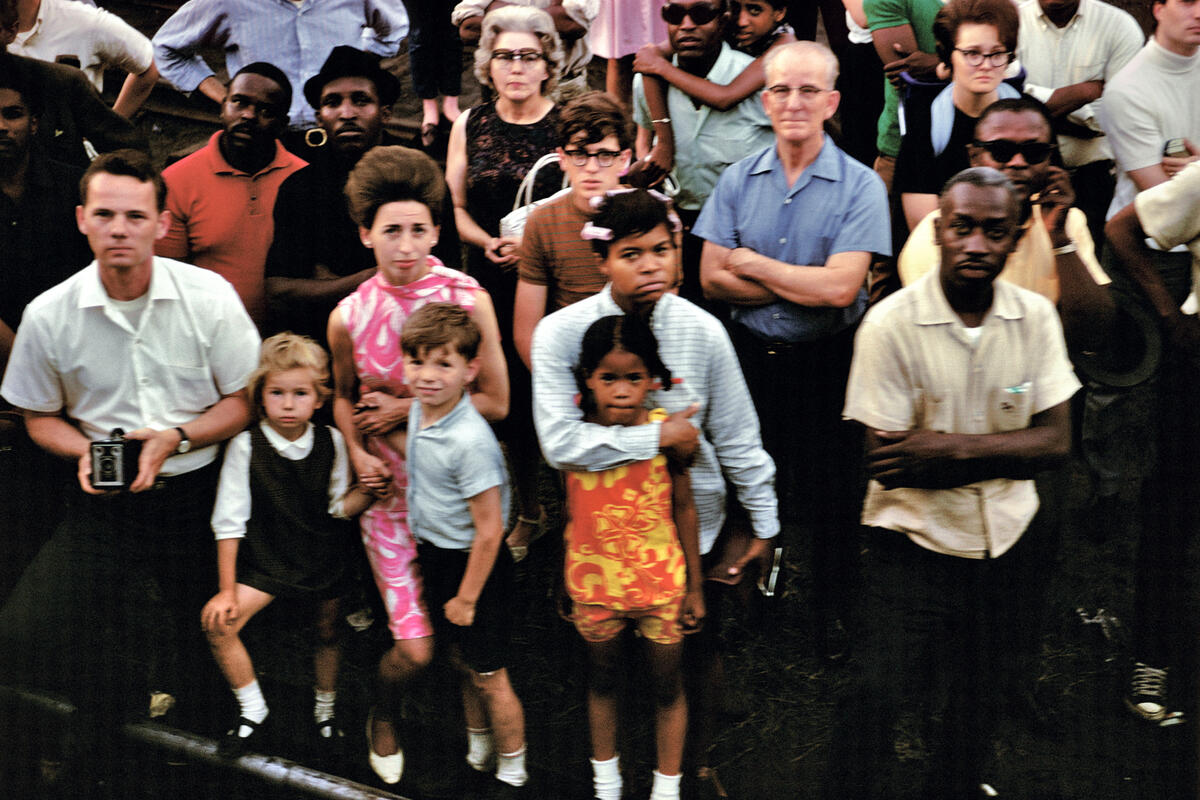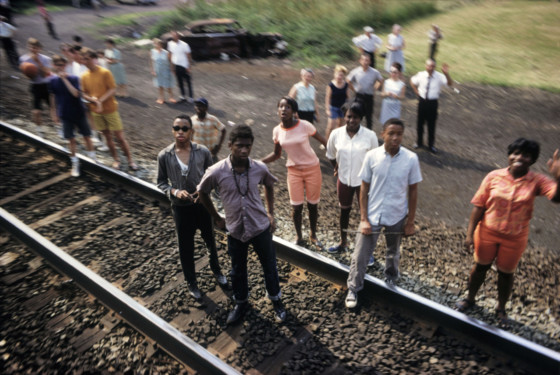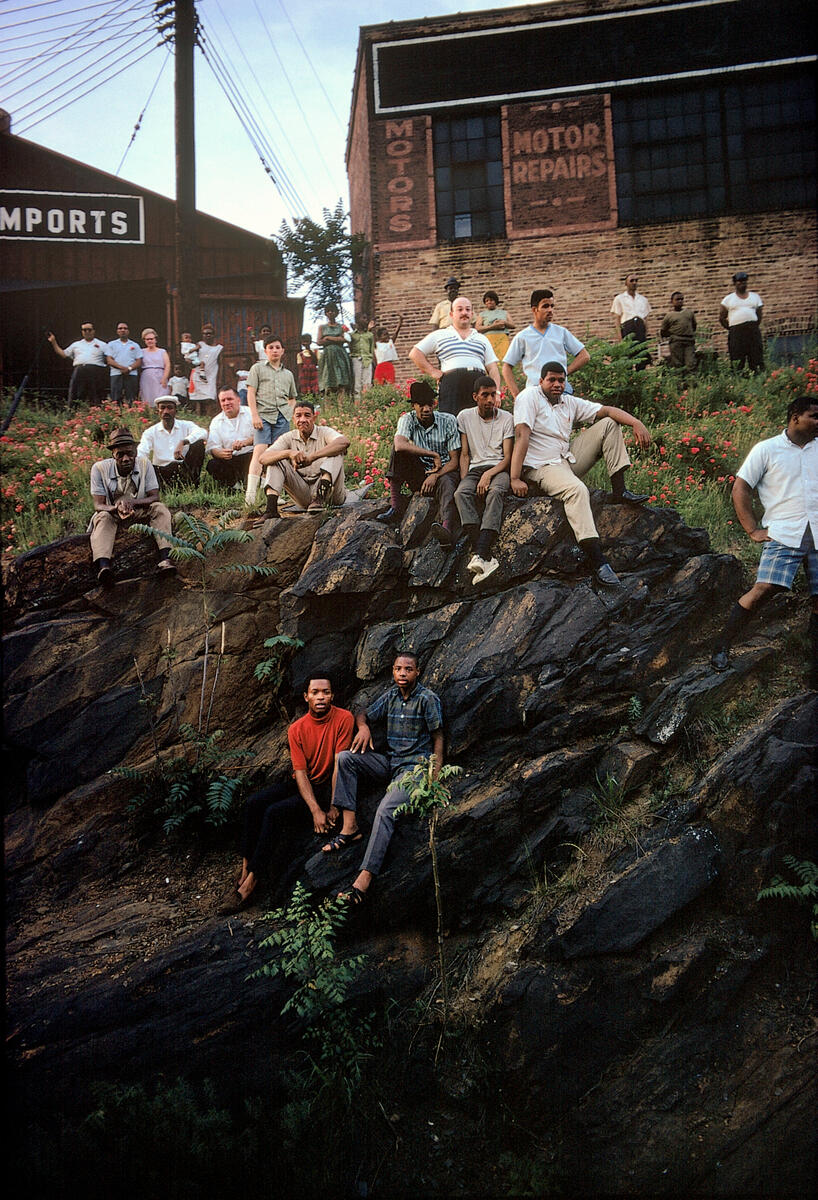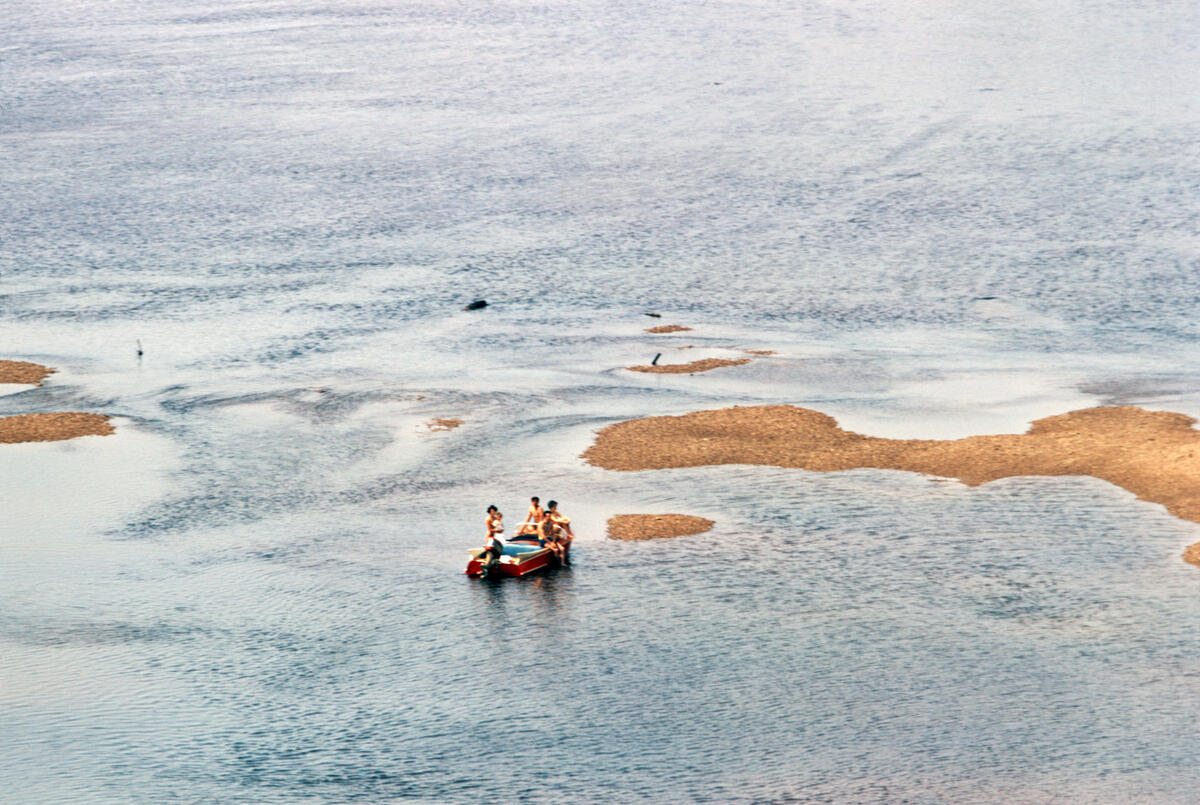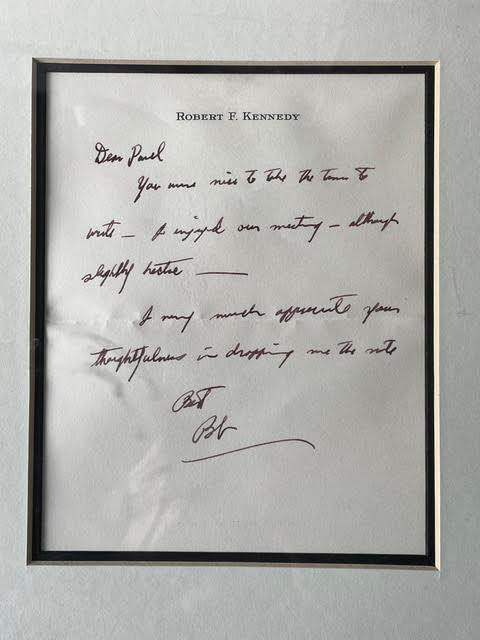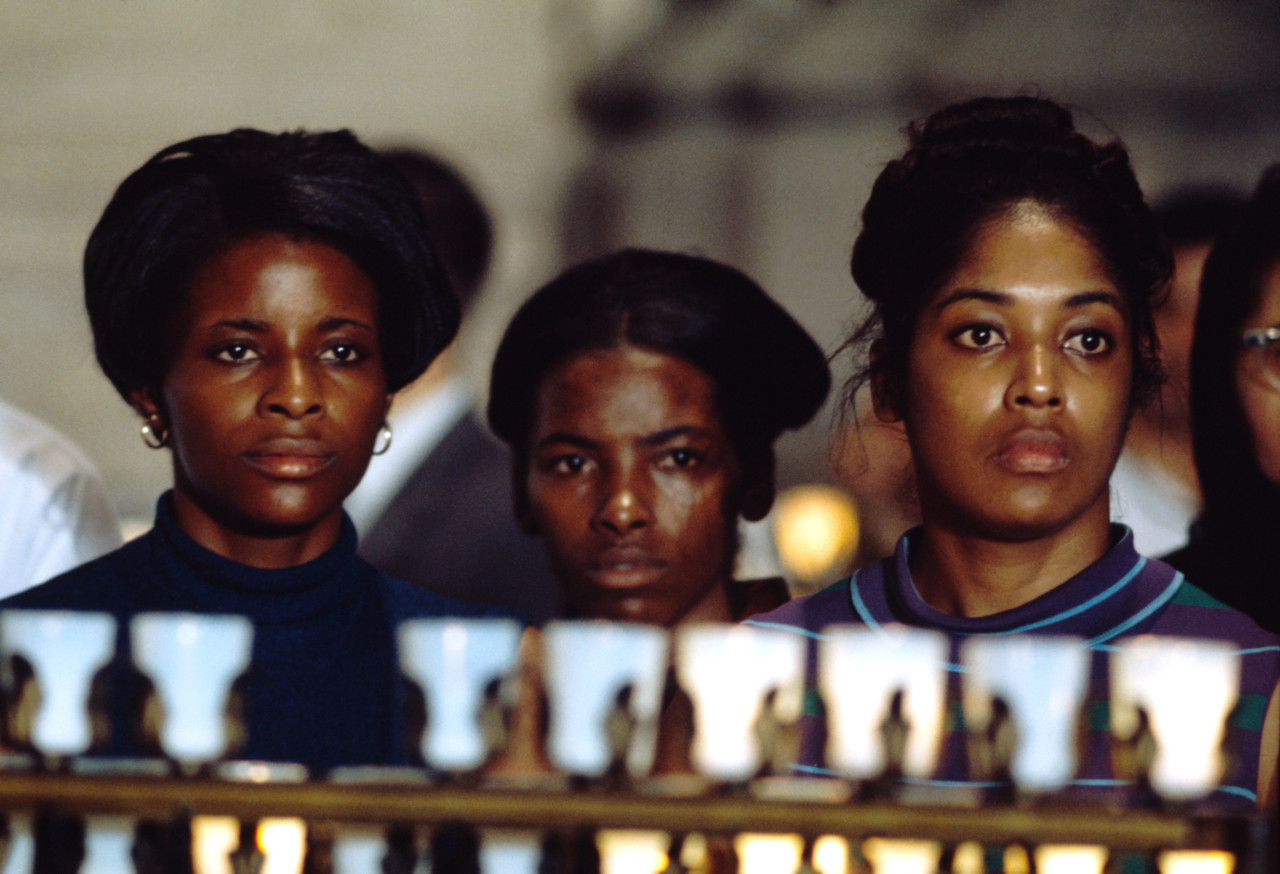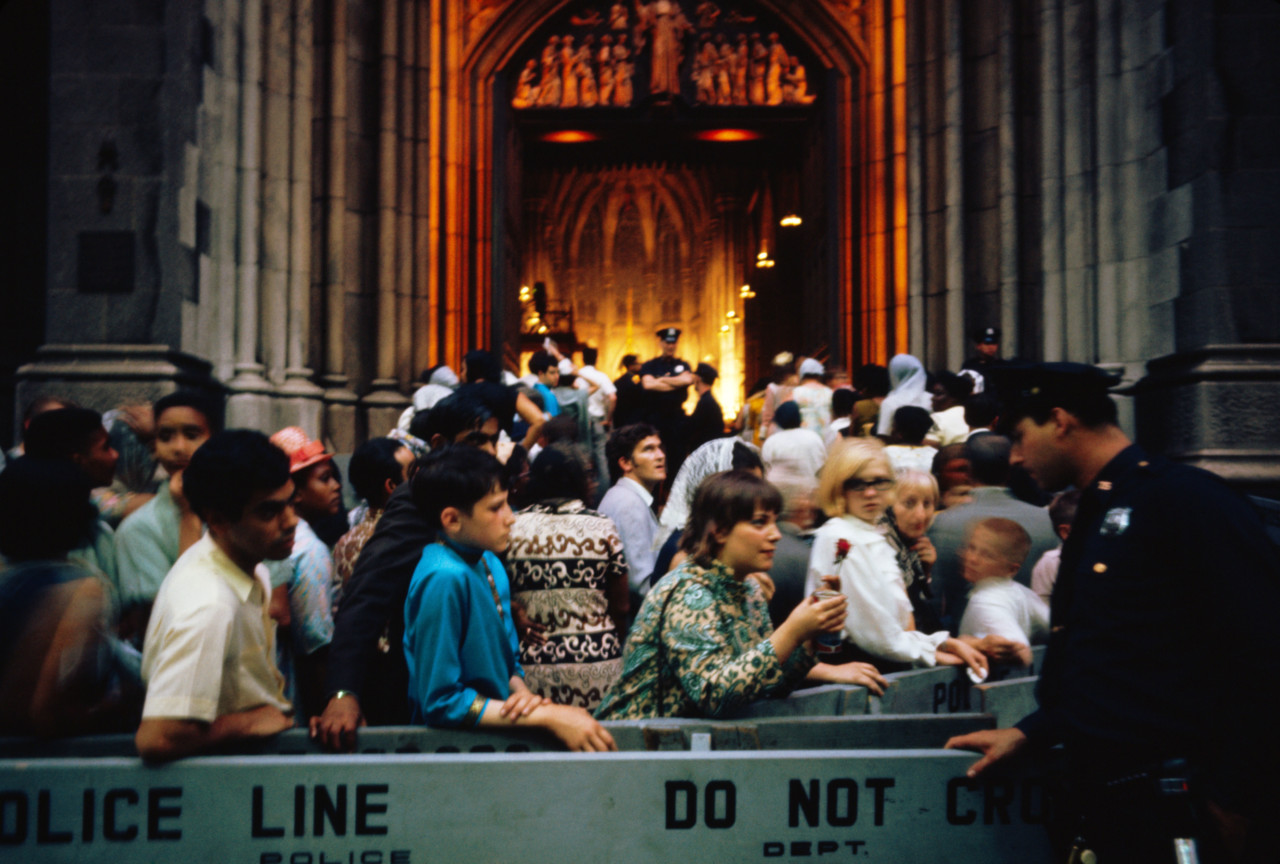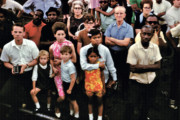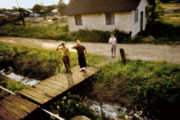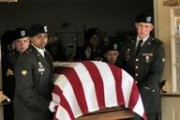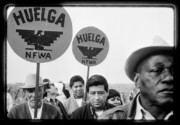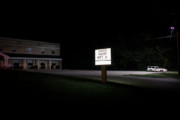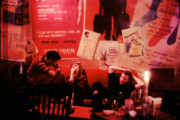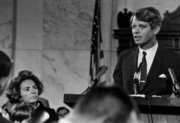Paul Fusco: RFK, The Second Edition of Robert F. Kennedy’s Funeral Train
This second edition of Fusco's photobook includes unpublished images of the events surrounding RFK's funeral, rediscovered 30 years later
Published in 2008, 40 years after the assassination of Robert F. Kennedy, Paul Fusco: RFK is the follow-up to Paul Fusco’s highly acclaimed RFK Funeral Train (Umbrage Editions, 2000). In 1968, Fusco’s images initially went unpublished. Look magazine — where Fusco was on assignment — was a bi-weekly publication, and competitors like Life had already covered RFK’s funeral by the time it was ready to print. Discovered 30 years later in the Library of Congress archives by Magnum editorial agent Natasha Lunn, these historical photographs were finally brought to light.
Featuring more than seventy images — of the over 1,000 photos taken by Fusco — this 2008 edition includes photographs of Kennedy’s funeral at St. Patrick’s Cathedral, and the somber burial on June 8, 1968 in Arlington National Cemetery, with members of the Kennedy family. Alongside these additions are previously unpublished photographs Fusco captured aboard the eight-hour train journey that carried Kennedy’s coffin from New York to Washington D.C.
Kennedy’s assassination on June 6, 1968 at the Ambassador Hotel in Los Angeles shook the country to its core. The anticipated Democratic nominee for the presidency championed civil rights and economic justice, garnering the hope of social improvement for millions of Americans. Deepening the narrative that unfolds in RFK Funeral Train, Paul Fusco: RFK concretizes the nation’s collective grief for “a man who had reached the hearts of a vast public, as few politicians had before and none so widely since,” as author Vicki Goldberg writes the book.
When Fusco stepped onto the train carrying Robert F. Kennedy’s coffin in New York City, the collective grief of the nation was palpable. Yet, as the train made its way out of Penn Station towards Washington D.C., Fusco wasn’t prepared for what he would witness: a total of two million people had flocked to the train tracks along the route in the sweltering heat to pay their respects to Kennedy. It was “like an explosion” — a “solemn”, “quiet” explosion, he told the San Francisco Chronicle.
Mourners got on their knees, reached out, stood in shock, and solemnly saluted. They came in their best attire, or in whatever they had on, from shirtless adolescents to nuns in habits, emerging from tenement buildings, fields and backyard ferns. Fusco’s images illustrate the extent of this tragic loss — and even disillusionment — in a fractured country, just two months after the assassination of Martin Luther King.
And yet, while these photos bear witness to the nation’s sorrow, Fusco’s lens also tracks the individual; the emotions radiating from each working class family, each Black citizen who had hope in Kennedy’s activism, each person who found their way to the tracks that day.
“I was trying to show what it meant to them there, what they were feeling,” Fusco said. “I was very concerned that the movement would ruin every shot. I began to concentrate on tracking the subjects in every photo to lessen the effects of the train’s motion, hoping that I would be lucky enough to get a few usable photos.” Upon the publication of the 2008 edition, Fusco told the New York Times, “The motion that appears in a lot of the photographs, for me, emphasized the breaking up of the world, the breaking up of a society, emotionally.”
His daughter, Marina Fusco Nims, said that the photographs “are not just a documentation of an event, but also a study of human emotion and interaction with history. He focused on intimate, powerful portrayals of grief, which connected the personal and the political.”
"The motion that appears in a lot of the photographs, for me, emphasized the breaking up of the world, the breaking up of a society, emotionally."
- Paul Fusco
Prior to photographing the funeral train, Fusco had met Robert F. Kennedy in January of 1961, after he was appointed Attorney General by his brother, President John F. Kennedy. “Bobby spoke with profound empathy and compassion about the struggles of underrepresented groups, a conversation that left a deep impression on Paul,” Fusco Nims noted. “Over the next seven years, Paul closely followed his work, inspired by his unwavering commitment to social justice and equality.”
Over half a century after Kennedy’s funeral, the additional images in Paul Fusco: RFK of the High Mass at St. Patrick’s Cathedral and his burial in Washington D.C. provide an intimate counterpart to the monumental public presence documented along the train route.
The funeral train was ephemeral. Yet Fusco’s images forever fix our gaze on the mourners, illuminating their humanity and that of the photographer himself, who chose to turn his lens to the crowds.
Paul Fusco: RFK completes the documentation set out by RFK Funeral Train, harboring a visceral testimony which still resonates today in a political climate fraught with division. “While we acknowledge the flaws of the past,” Fusco Nims says, “these images also evoke a sense of nostalgia for the noble causes that Bobby fought for, the progress that was made, and the figure who once symbolized hope for a better future.”
Shop for fine prints and the original RFK Funeral Train photobook here.


